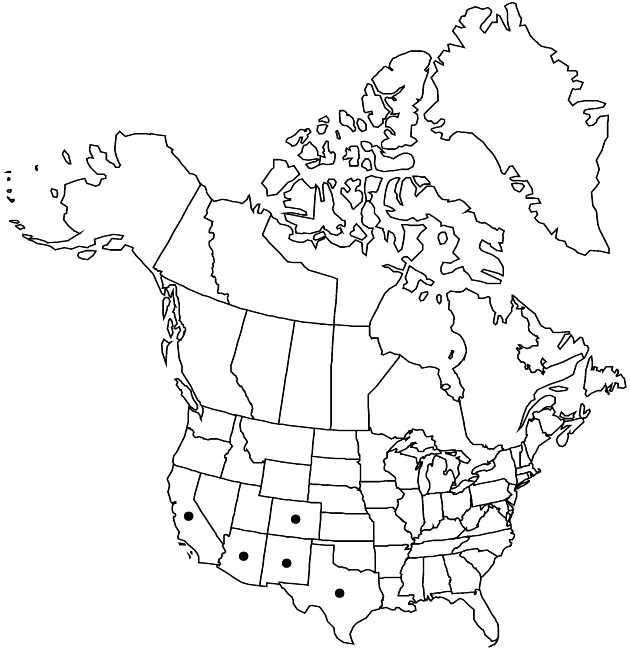Difference between revisions of "Antennaria marginata"
Pittonia 3: 290. 1898.
FNA>Volume Importer |
imported>Volume Importer |
||
| (2 intermediate revisions by 2 users not shown) | |||
| Line 63: | Line 63: | ||
|publication year=1898 | |publication year=1898 | ||
|special status= | |special status= | ||
| − | |source xml=https:// | + | |source xml=https://bitbucket.org/aafc-mbb/fna-data-curation/src/2e0870ddd59836b60bcf96646a41e87ea5a5943a/coarse_grained_fna_xml/V19-20-21/V19_653.xml |
|tribe=Asteraceae tribe Gnaphalieae | |tribe=Asteraceae tribe Gnaphalieae | ||
|genus=Antennaria | |genus=Antennaria | ||
Latest revision as of 19:54, 5 November 2020
Dioecious or gynoecious (staminate plants in equal frequency as pistillates or none in populations, respectively). Plants 5–20 cm (stems sometimes stipitate-glandular, especially in dioecious diploids). Stolons 2–7 cm (woolly). Basal leaves 1–3-nerved, spatulate, 15–20 × 4–6 mm, tips mucronate, abaxial faces gray-tomentose, adaxial green-glabrous (margins white woolly). Cauline leaves linear, 7–16 mm, (apices acute) not flagged. Heads 5–8 in corymbiform arrays. Involucres: staminate 4.5–7 mm; pistillate 5–7(–9) mm. Phyllaries (relatively wide), distally white (apices acuminate). Corollas: staminate 3–5 mm; pistillate 4.5–6.5 mm. Cypselae 0.8–2 mm, glabrous or slightly papillate; pappi: staminate 3.5–5.5 mm; pistillate 5.5–8.5 mm. 2n = 28, 56, 84, 112, 140.
Phenology: Flowering summer.
Habitat: Moist forests, slopes and tops of ridges under Douglas fir, ponderosa pine, Engelmann spruce or Gambel oaks, openings in the forests
Elevation: 1500–2900 m
Distribution

Ariz., Calif., Colo., N.Mex., Tex., Mexico (Chihuahua, Coahuila).
Discussion
Antennaria marginata has rims of white hairs (from the abaxial faces) around its adaxially glabrous leaves. It has both dioecious and gynoecious populations and cytotypes ranging from diploid to decaploid (R. J. Bayer and G. L. Stebbins 1987). It is probably a primary sexual progenitor of the A. parvifolia polyploid complex; the two taxa sometimes overlap morphologically; they differ in induments of basal leaves. Antennaria marginata may also be a contributor to the parentage of the A. howellii and A. rosea agamic complexes.
Selected References
None.